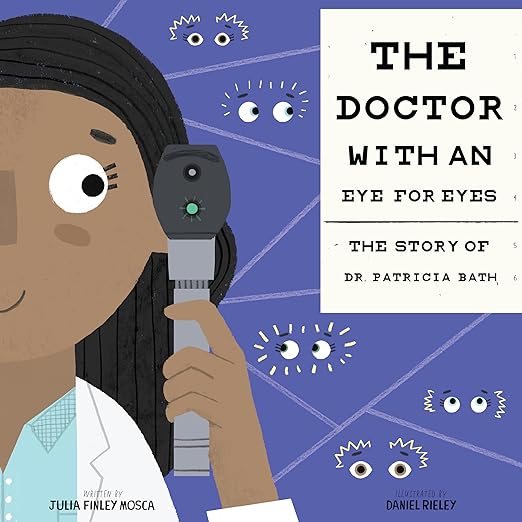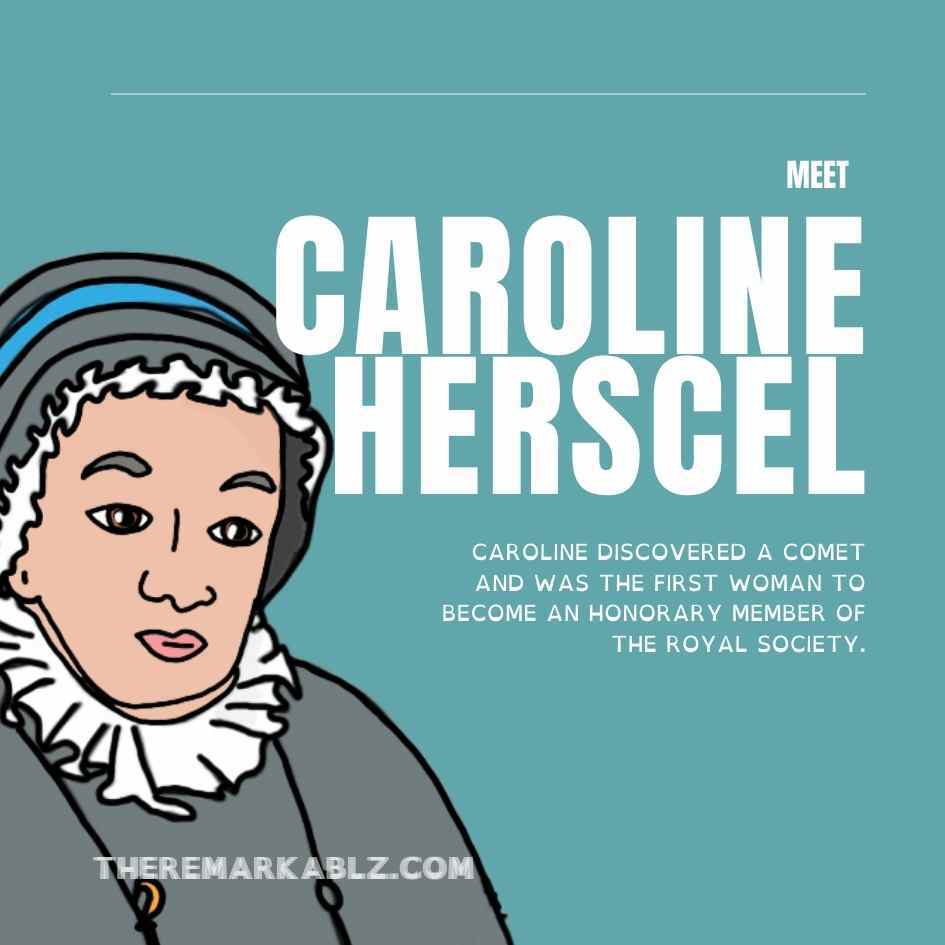
Get to Know
Patricia Bath
Discover why we turned Patricia into a superhero
WHO WAS PATRICIA BATH?
Name: Patricia Era Bath
Born:1942
Died: 2019
Occupation: Ophthalmologist
Nationality: American
Patricia Bath was an ophthalmologist and medical inventor. Born in Harlem, New York, Patricia was inspired by her father's love of science and her mother's encouragement to follow her dreams. At age 16, she took part in a cancer research program at Yeshiva University, where her findings were published in a scientific journal.
Patricia earned her medical degree from Howard University and went on to co-founded the American Institute for the Prevention of Blindness in 1976, promoting the idea that eyesight is a basic human right.
In 1986, her invention—the Laserphaco Probe—revolutionised cataract surgery by using lasers to restore sight, especially for people who had been blind for years.
Born:1942
Died: 2019
Occupation: Ophthalmologist
Nationality: American
Patricia Bath was an ophthalmologist and medical inventor. Born in Harlem, New York, Patricia was inspired by her father's love of science and her mother's encouragement to follow her dreams. At age 16, she took part in a cancer research program at Yeshiva University, where her findings were published in a scientific journal.
Patricia earned her medical degree from Howard University and went on to co-founded the American Institute for the Prevention of Blindness in 1976, promoting the idea that eyesight is a basic human right.
In 1986, her invention—the Laserphaco Probe—revolutionised cataract surgery by using lasers to restore sight, especially for people who had been blind for years.

In The Remarkablz Universe, Patricia can generate lasers of any size and intensity which can cause destruction to anyone in her path. In her youth she was a defiant, smart teenager who loved inventing. Her powers began to develop early and at the age of just 12 her ability to generate lasers from her hands and eyes manifested. Later she discovered that through intense concentration, she could change the size of the lasers. Government agents tried to manipulate her into becoming a weapon for the government but she ran, fearing her powers would be used for war, and joined Team Remarkablz..
Superhero Backstory
Patricia features in our signature card game, Top Quarkz. The game supports the development of maths, literacy and decision-making skills all while learning about some of the most impressive scientific discoveries throughout history.
We've explained the drawing and her playing card below so you can learn more.
We've explained the drawing and her playing card below so you can learn more.
Patricia can generate lasers of any size and intensity.
- The human eye can tell the difference between 10 million colours.
- Each eye contains 107 million cells that are all sensitive to light.
- The human eye blinks an average of 4,200,000 times a year.
- It is said that pirates wore earrings because they believed it would improve their eyesight. It didn't work!
Superpower
Patricia developed the laserphaco probe, a device that helped restore or improve vision in patients worldwide.
Patricia was born in 1942, in Harlem New York.
Location
SideKick
Maurice Rabb Jr. was an ophthalmologist who is known for his work in cornea and retinal vascular diseases.
A reflection shield would reflect Patricia's lasers directing her power against herself.
Weakness
Check out these fun facts!
Discovery

We have packed a lot into our Top Quarkz playing cards - from amazing imagined superpowers to biographical information and hidden treasures.
What Is A Cataract?
A cataract is when the lens of your eye becomes cloudy, making it hard to see clearly. It can feel like looking through a foggy window. Cataracts usually develop slowly and can cause blurry vision, faded colours, and trouble seeing at night. Patricia was a pioneer of laser cataract surgery and helped millions of people regain their vision. Find out more in this video by Peekaboo Kidz.
When you look at something, light enters your eye through the cornea and pupil, then gets focused by the lens onto the retina at the back of your eye. The retina turns the light into signals that travel through the optic nerve to your brain, which flips and processes the image so you can see clearly. Pretty cool right? Find out more about the human eye in this video by Peekaboo Kidz.
Have you ever looked at purple flower, or the green leaf on a tree and wondered why it looks that colour to you? We see colour because of special cells in our eyes called cones. These cones are in the retina and come in three types—each one senses red, green, or blue light. When light enters your eye, the cones react to different wavelengths. Your brain then combines the signals to create the full range of colours you see. In this video SciShow Kids tells you more.
- Your eyes blink around 15–20 times per minute — that’s over 20,000 times a day!
- Your retina sees the world upside down — your brain flips the image so you see it the right way up!
- Everyone has a unique iris pattern, just like fingerprints.
- The eye has over 2 million working parts, all perfectly coordinated to help you see clearly.
- You actually see with your brain — the eyes collect light, but it’s the brain that turns it into an image.
What Happens Inside Our Eyes?
Fun Facts About the Human Eye!
There are three different types of eye care practitioner: optometrists, opticians, and ophthalmologists. An ophthalmologist is a doctor whose specialty is diseases and conditions of the eyes. She's the doctor who examines your eyes and writes the prescription for your contact lenses. More in this video by the American Academy of Ophthalmology.
What's An Ophthalmologist?
How Do We See Colour?
The Doctor with an Eye for Eyes: The Story of Dr. Patricia Bath
EDUCATIONAL RESOURCES
This is the second book in an educational series about the inspirational lives of amazing scientists! In addition to the illustrated rhyming tale, you'll find a complete biography, fun facts, a colourful timeline of events, and even a note from Dr. Bath herself! Find out more about The Doctor with an Eye for Eyes - by Julia Mosca.
"Remember that the limits of science are not the limits of imagination..." Patricia Bath
Sign up to our Newsletter
By signing up to receive emails, you agree that we may use the personal information provided by you to send you marketing emails. You can opt out of these emails any time by clicking the unsubscribe link or by contacting us. To see how we use your personal data, please see our Privacy policy.





